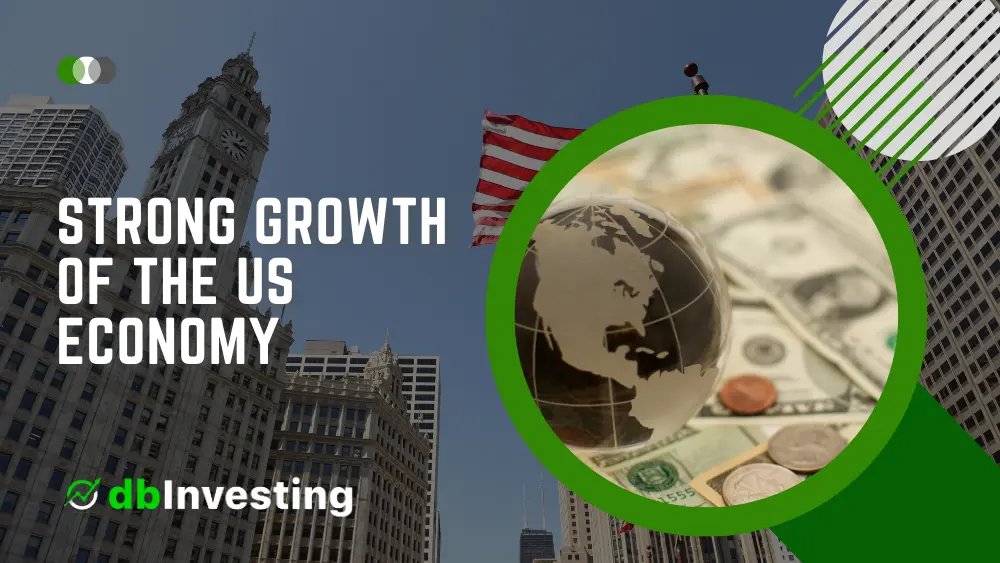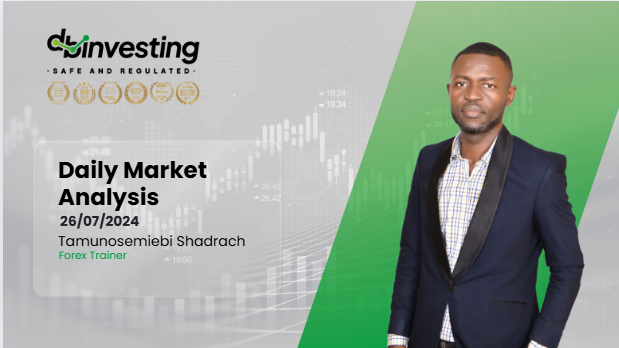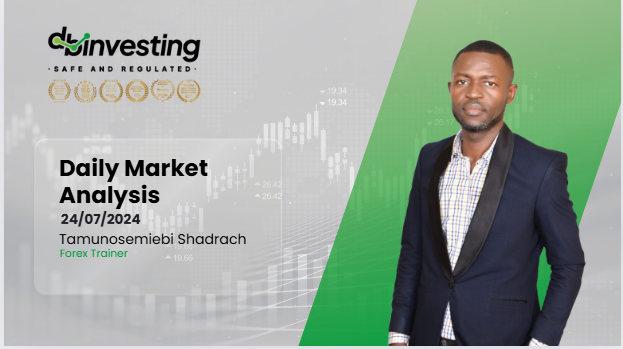The US economy demonstrated a remarkably robust expansion in the third quarter, even as interest rates reached their highest point in over two decades.
According to the Thursday report from the Commerce Department, the gross domestic product (GDP), a measure of all goods and services produced in the economy, grew at an annualized rate of 4.9% in the third quarter. This growth surpassed both the second quarter’s 2.1% pace and economists’ projections of a 4.3% rate.
The driving force behind this growth was the strong consumer spending, which expanded at a rate of 4% from July through September, the most significant increase since the fourth quarter of 2021. Notably, Americans indulged in both goods and services, as evidenced by the thriving attendance at events like Taylor Swift and Beyoncé concerts and the record-breaking ticket sales for the “Barbie” film. Additionally, substantial spending was observed in the travel sector.
This surge in GDP marked the fastest pace in nearly two years, defying earlier expectations following the spring banking crisis that the US economy would slip into recession. Despite this positive report, US Treasury Secretary Janet Yellen and many economists cautioned that the growth might slow down in the future.
Yellen, speaking at a Bloomberg TV-hosted discussion in Washington, described the report as a testament to the resilience of the American economy, emphasizing the need to maintain realistic expectations and not expect growth to continue at this accelerated pace.
Apart from consumer spending, other sectors of the economy also displayed signs of resilience. Residential fixed investment, reflecting conditions in the housing market, grew at a 3.9% annualized rate in the third quarter, contributing positively to the overall growth. However, nonresidential fixed investment experienced a slight decline, and growth was also aided by inventory buildup and federal government spending.
Jeffrey Roach, chief economist at LPL Financial, noted in an analyst note that while consumer spending was strong in the summer months, the question remains whether this trend can persist in the upcoming quarters, with the current expectation leaning towards a slowdown.
The Federal Reserve, having raised interest rates multiple times since March 2022 to curb inflation, is now prioritizing maintaining higher rates for an extended period to combat inflation. Fed Chair Jerome Powell emphasized the necessity of observing “below-trend growth” to ensure that inflation is on track to slow to the 2% target. Although inflation has eased from its peak in 2022, it remains above the Fed’s target.
While a 12th rate hike is under consideration, the primary strategy is to keep rates elevated for a longer duration. Powell highlighted the role of higher Treasury yields in cooling the economy, as financial conditions indexes indicated tightening primarily due to longer rates.
Despite the challenges, Yellen suggested that the surging bond yields reflect confidence in the US economy’s resilience and the expectation of sustained higher interest rates.
Apart from economic concerns, the United States is also grappling with significant federal debt, ongoing military engagements, and the looming possibility of a government shutdown in the upcoming month.
While resilience has been a prominent theme in the American economy this year, the upcoming months are anticipated to present significant challenges, putting this resilience to the test.



